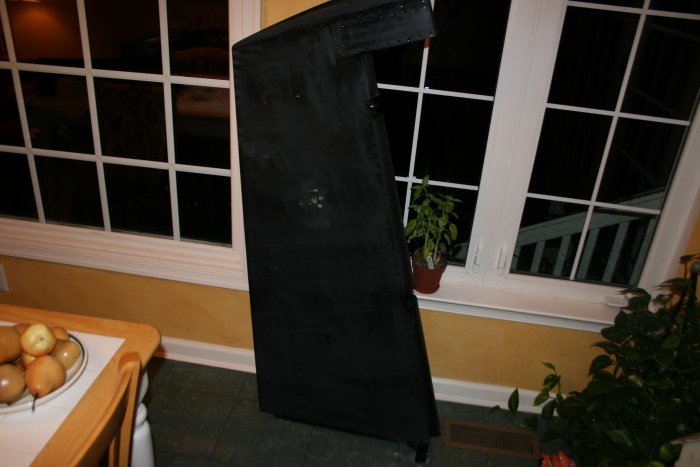September 5, 2008 - Prime-Paint Feathers
Things moved fast on the project this week. It wasn't real photogenic, plus I simply havn't been able to keep up with it. Here's what Bruce and I did in the evenings:
Monday 1 Sep: Finish masking the horizontal stab and elevators. 2.5 hours
Tuesday 2 Sep: Wrapped up the prep work so Bruce could spray on the primer/filler tomorrow. This included using 3M fine line tape to mask the curves on the HS and VS where the leading edge transitions to the tips(s). Hard to explain but you'll see when it is done.This was time consuming because it will be very visibile and has to be perfect. Then I acid etched and alodyned all the surfaces to be painted. First time I had done this. 4 hours.
Wednesday 3 Sep: Bruce sprayed the Loehle black primer/filler on all the feathers while I helped him out where I could. 3 hours (each)
Thursday 4 Sep: Wet-sanded the ailerons, flaps, VS and one elevator. 1.5 hours
And then some pictures from today, Friday, 5 Sep: huge day. Bruce did some wet-sanding, then sprayed the Loehle "Dakota Black" color coat on the flaps, ailerons, elevators, HS and VS. He also sprayed the clear top coat on the flaps and ailerons so they are done. I took over and finished wet sanding the wingtips, rudder and empennage fairing. The rudder and emp fairing needed a little filling so I took them home and did that. I spent 4.5 hours and Bruce put at least that much in as well.
Wet sanding the rudder. We used 400 grit wet-dry. I used a little sanding block at first, then switched over to my fingers. I had a bucket of water. I'd use a wet rag to wipe off the surface, rinse it out in the bucket, wipe it again, then use a second dry rag to dry the surface off.

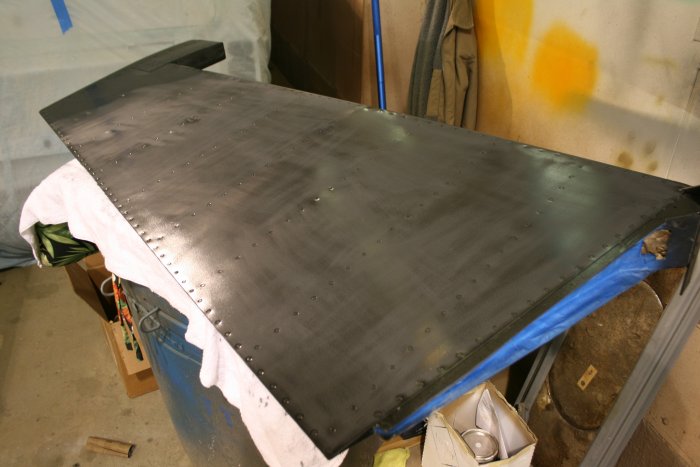
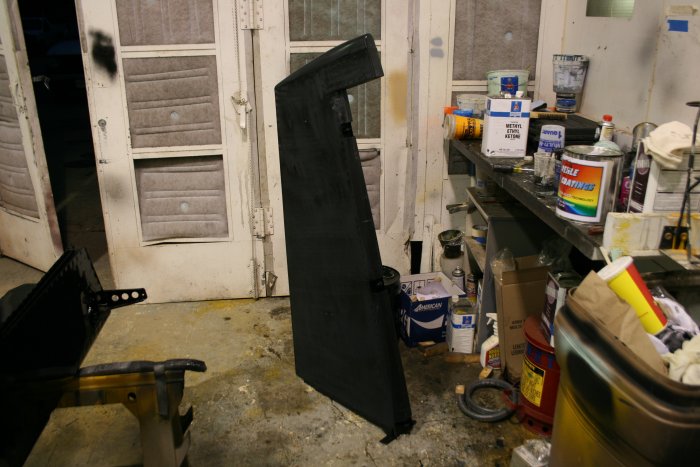
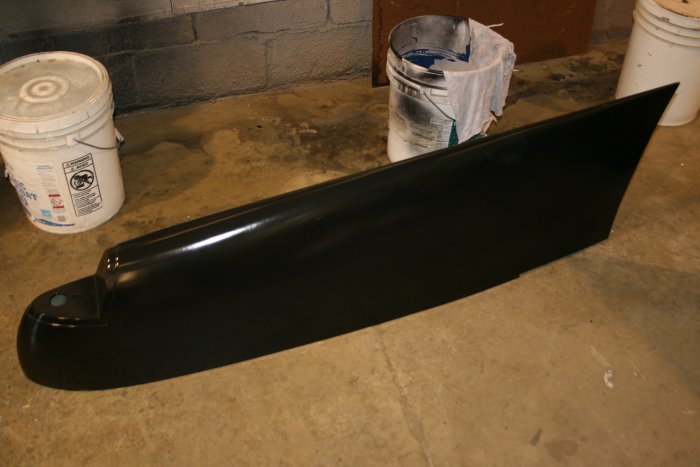
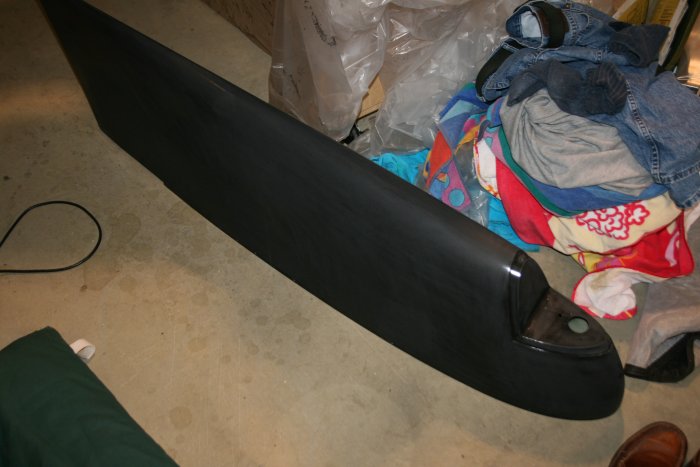

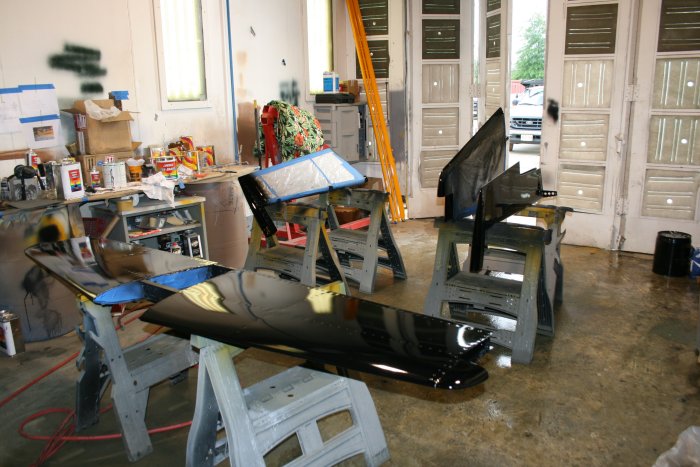
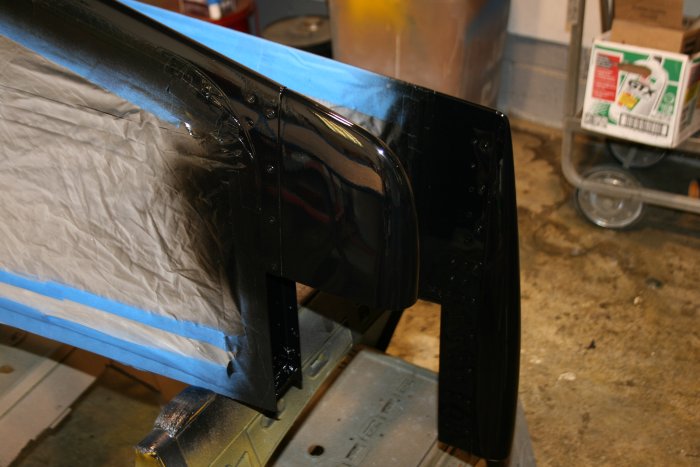

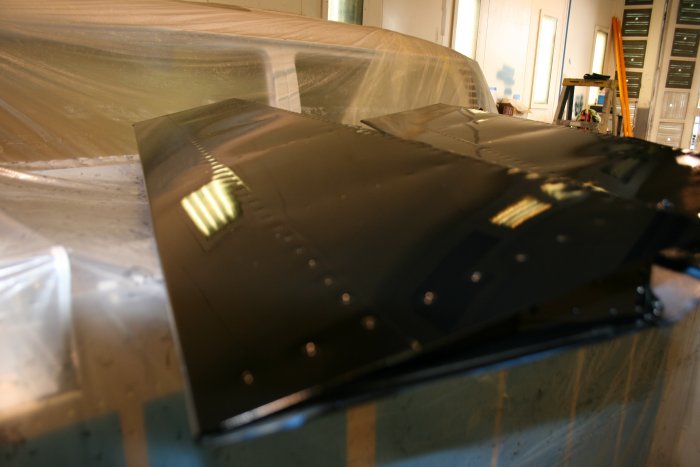
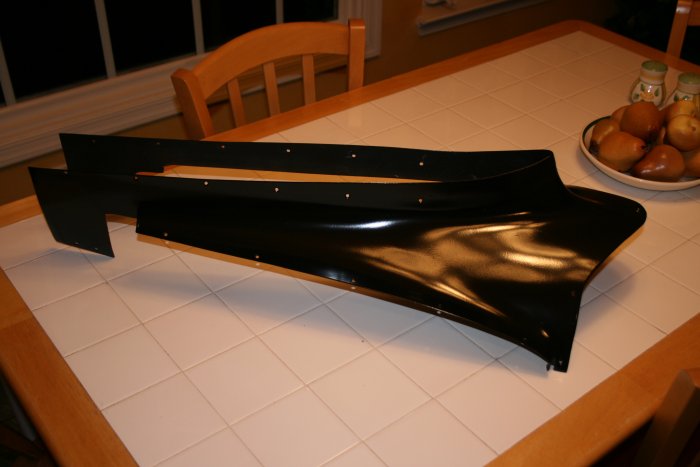
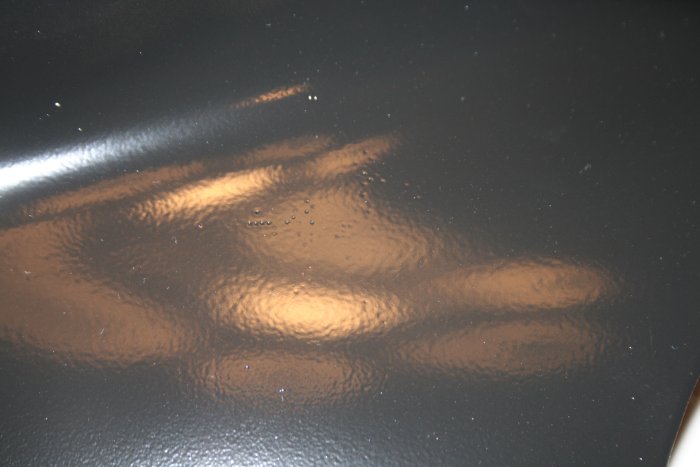
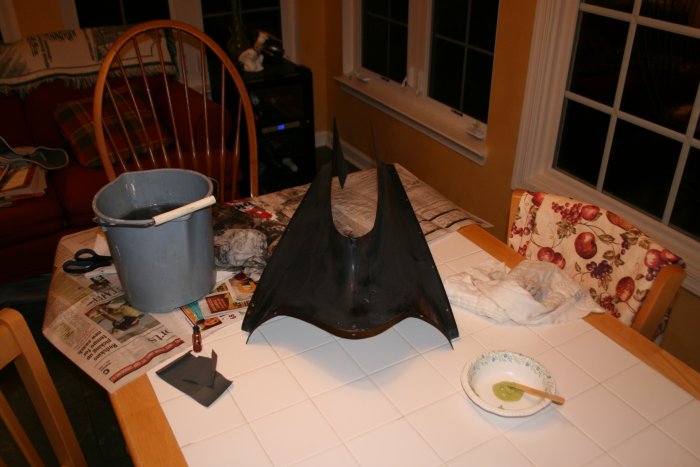
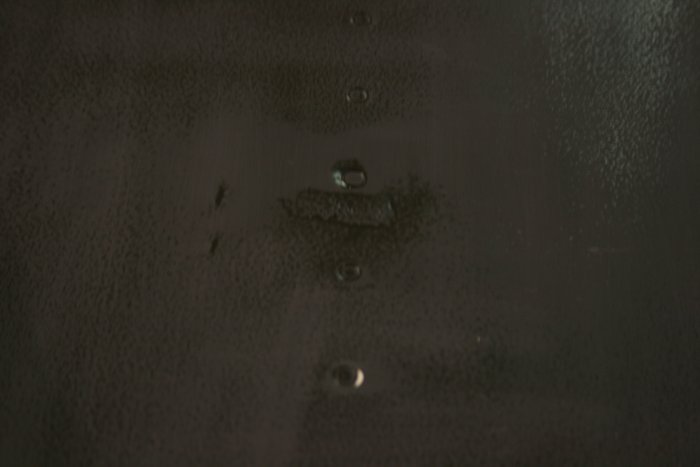
While it won't be perfect, a little Rage Gold filling will go a long way. I bet it won't be noticeable unless you know where to look for it.
Tomorrow should be another big day. We're going to wrap up all the feathers and put the wings on saw horses so I can start the prep work on them.
